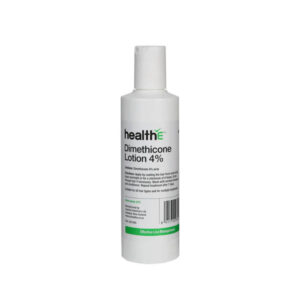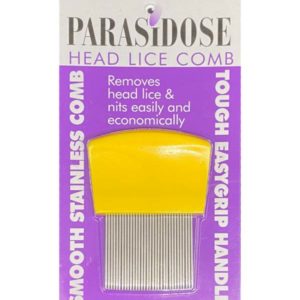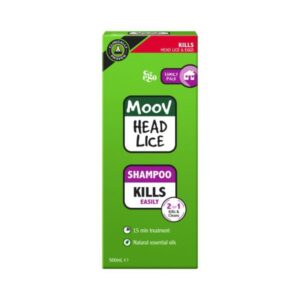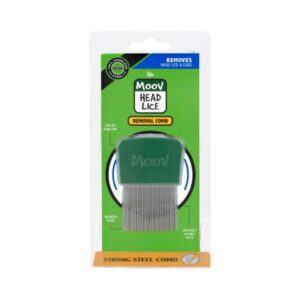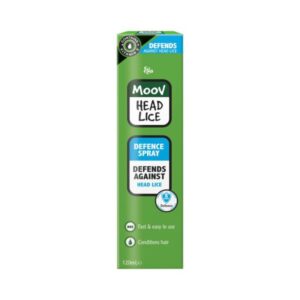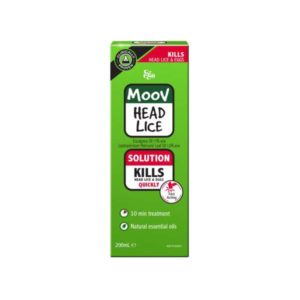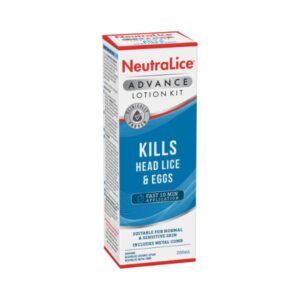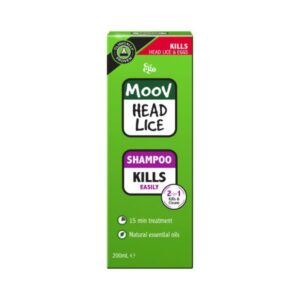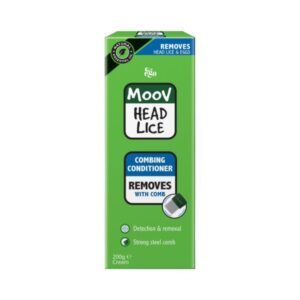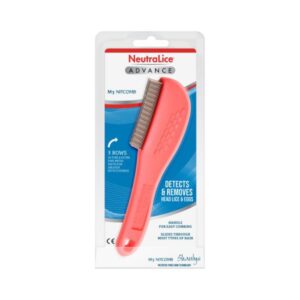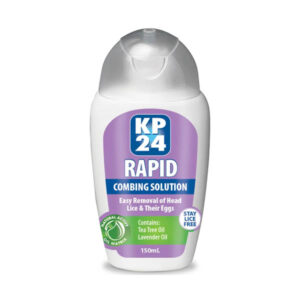Head lice infestation is a common problem particularly among children.
Head lice is well known for spreading between children at school or day-care before being caught by the rest of the family – adults included.
Although head lice do not cause any serious health problems, they can be a nuisance, and can spread easily within a household.
Lice can be a cause of embarrassment and discomfort, in this article we will look at the signs, and treatments available to tackle them at home.

Head lice are tiny, wingless insects that live on the human scalp and breed all year round.
They are parasitic and feed on blood about 5 to 6 times a day. Contrary to popular belief head lice cannot jump, fly, or swim. Female lice lay their eggs close to the scalp. Lice glue their eggs to a strand of hair, where it will hatch after 7-10 days.
Head Lice spread between people through close head-to-head contact, often during when children play at school.
It is possible that head lice may be spread through sharing personal items like combs and hairbrushes or using fabric items after a person with head lice. Therefore, for hygiene reasons it is best not to share personal items that touch a person’s hair.
Itchy Scalp: the most common symptom of head lice is an intensely itchy scalp. Often this is strongest towards the rear of the scalp and neck, and behind the ears.
White Specks: it is possible to check for eggs. The lice eggs will look like white specks attached firmly very close to the base of hair strands.
Small red bumps and sores: caused by itching and scratching of the scalp. Sores, scratches, or a rash may be a sign of headlice.
Lice on the scalp: There are methods to find lice lice despite their tiny size. One simple method is using a head lice comb on wet hair. Run the comb slowly through the hair. You can do this over a sheet of white paper to make any lice stand out.
Medicated Shampoo containing 4% Dimethicone is available to treat head lice. This can be applied two times – with a week between each treatment – to kill any lice, nits, or eggs.
The wet-combing detection method mentioned previously not only can help identify the presence of head lice, it can also be an effective treatment. Repeat this process thoroughly every 2 or 3 days, until no head lice are found for at least two weeks.
If you are worried about your child scratching their skin and getting infections cutting their fingernails can prevent scratching.
If your child has long hair it can be tied back to lower the risk of it coming in contact with other people’s hair.
Head lice spreads fast. If your child has head lice, it is important to start treatment as soon as possible.
Here are some other tips to decrease the chance of head lice spreading:
